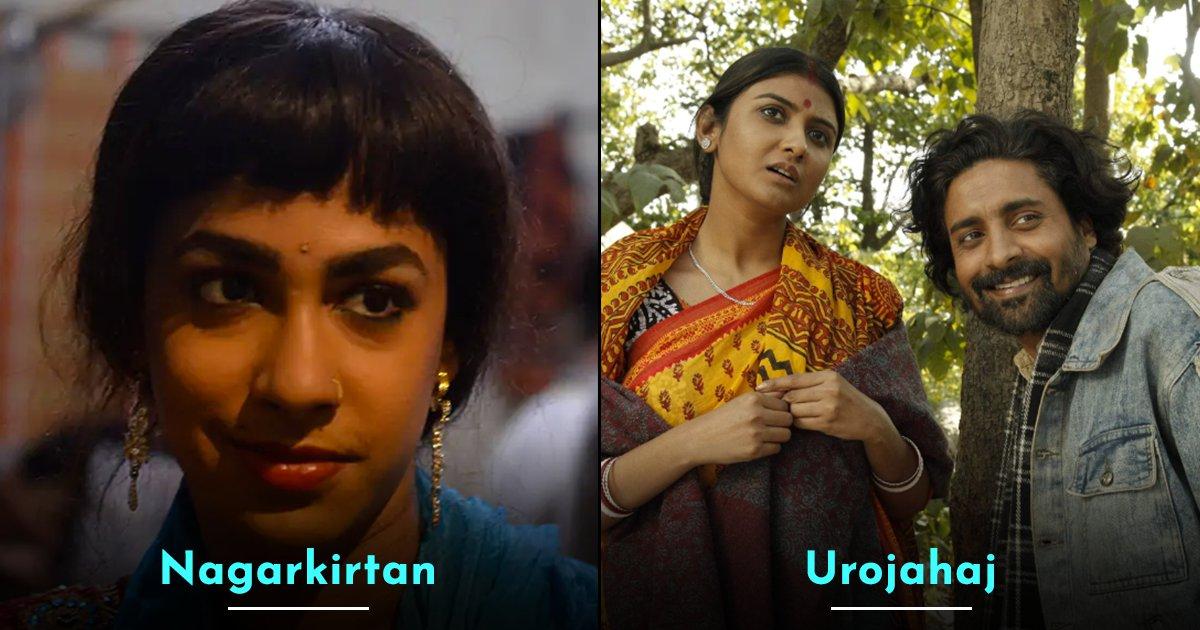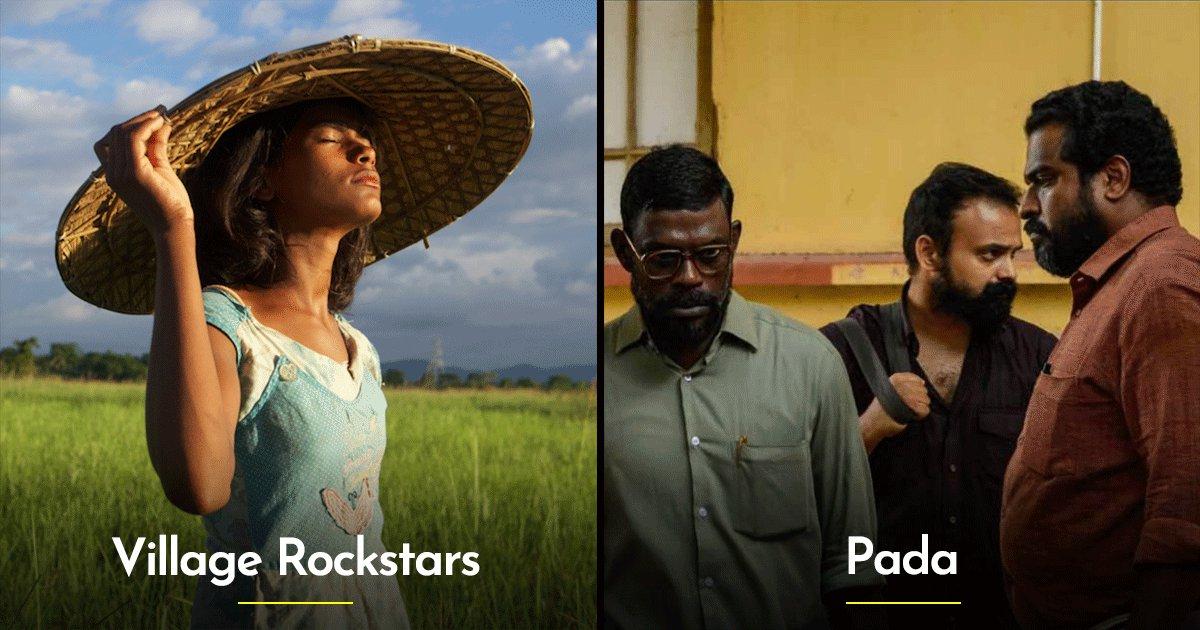As a Bengali, born and brought up in the heart of Kolkata, I belong to a niche category of ostracized non-conformists – the ones that reject the land’s pride and joy, “maach”. I don’t know when I first developed an apathy towards the delicacy, but the slimy skin and eerie scales have always freaked me out. The thought of getting a tiny bone stuck down my throat is far scarier than the cumbersome societal burden to consume obscene amounts of fish.

Nothing in Bengal is safe from the clutches of fish. Even the quintessentially vegetarian daal houses a floating fish head or two. A culinary revolution that stemmed from a predominantly riverine economy with boundless access to water bodies has now integrated itself deep into Bengali culture.
It’s safe to say that if Bengali cuisine were a movie, the main character would be fish. Good thing I’ve always been drawn to the side characters anyway.
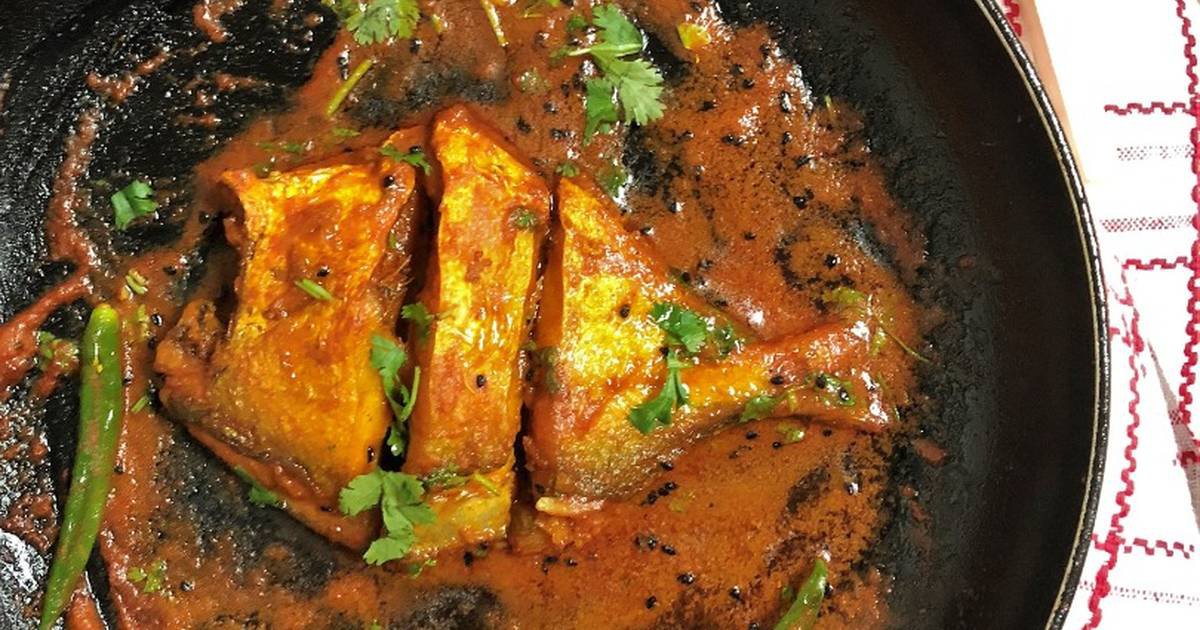
In Bengal, vegetarian cuisine is like the unsung supporting cast. On paper, their job is to elevate the hero, but in reality, they have a lot more flexibility, range and experimentation that mostly goes unnoticed. While they might not enjoy as much screen time, they’re an extraordinary culinary delight that mainstream audiences frequently tend to slip up on.
Take a look at Shukto for example, a veggie stew with a creamy, bittersweet broth that Bengalis typically commence their meals with. The dish is topped with bori or fried lentil dumplings for some added texture. If you ask me, the depth and complexity of flavour can make it an entire meal in itself.
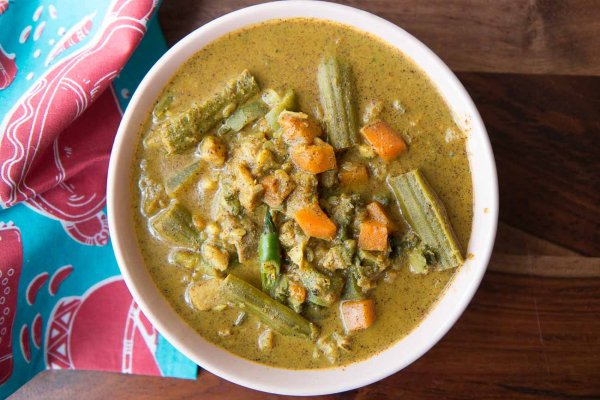
Ghugni or white pea curry is the jack of all trades. It works as a snack, as chaat and also as a soundtrack to bread, luchi and chapati. It’s exceptionally lip-smacking when sold by vendors on the street but also soothing when made in the comfort of your own home.
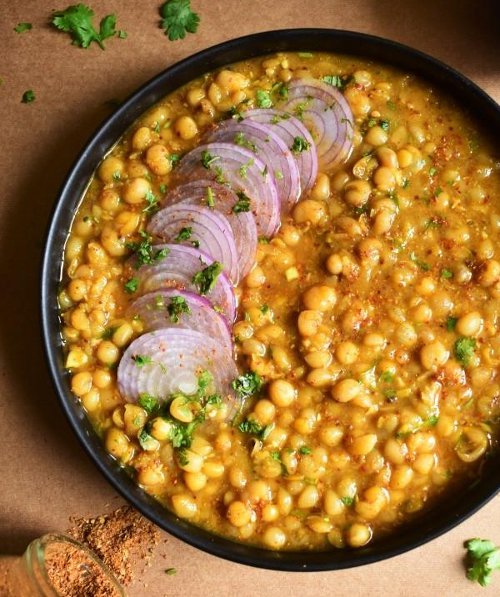
There’s also Bora where you can take any vegetable, dip it into the batter, squish it together and fry it off. It’s as simple as it gets and you can never stop at one.
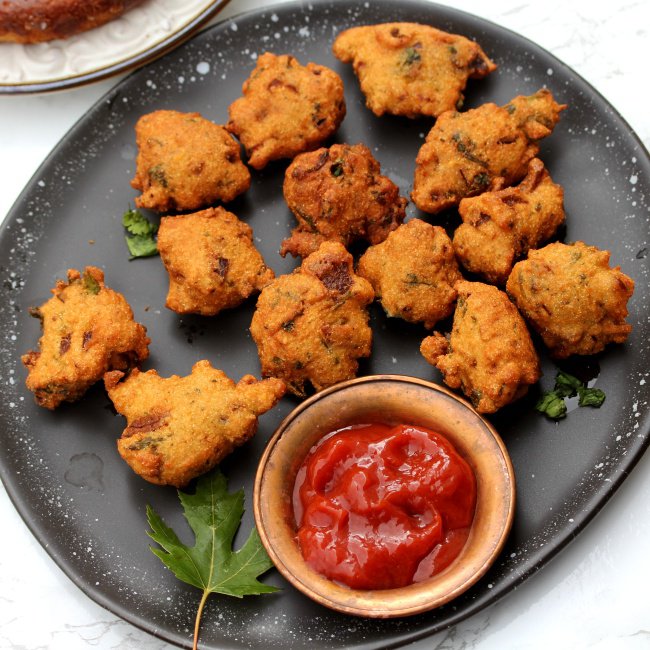
There’s a case for potatoes too. We already know Bengali’s love their aloo (hello Biriyani). Pair that with a simple curry made from poppy seed paste and green chillies, and you have Aloo Posto, a loyal companion to white rice.
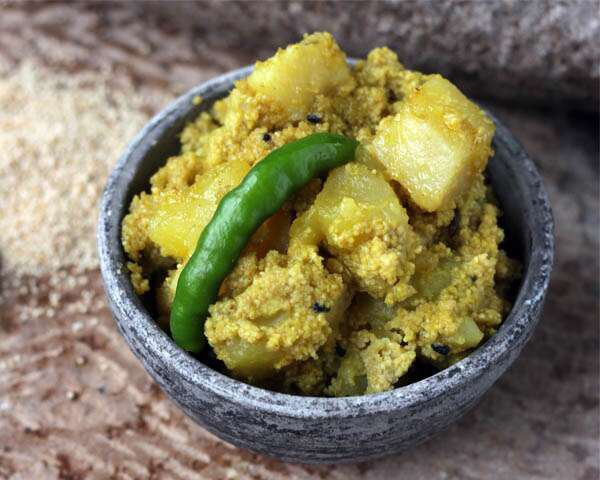
Then there’s Aloo Bhate which literally translates to potatoes and rice. The dish is so simple that all you have to do is dump potatoes in the bubbling rice and cook them together. Once done, you mash them together and make them into little bite-sized balls, and voila – a scrumptious delight!
Aloo Bhaja is quite possibly the most popular Bengali sidekick out there. Shredded potatoes, deep-fried. That’s it, that’s all you need. Is it better than McDonald’s fries? Some might argue so.
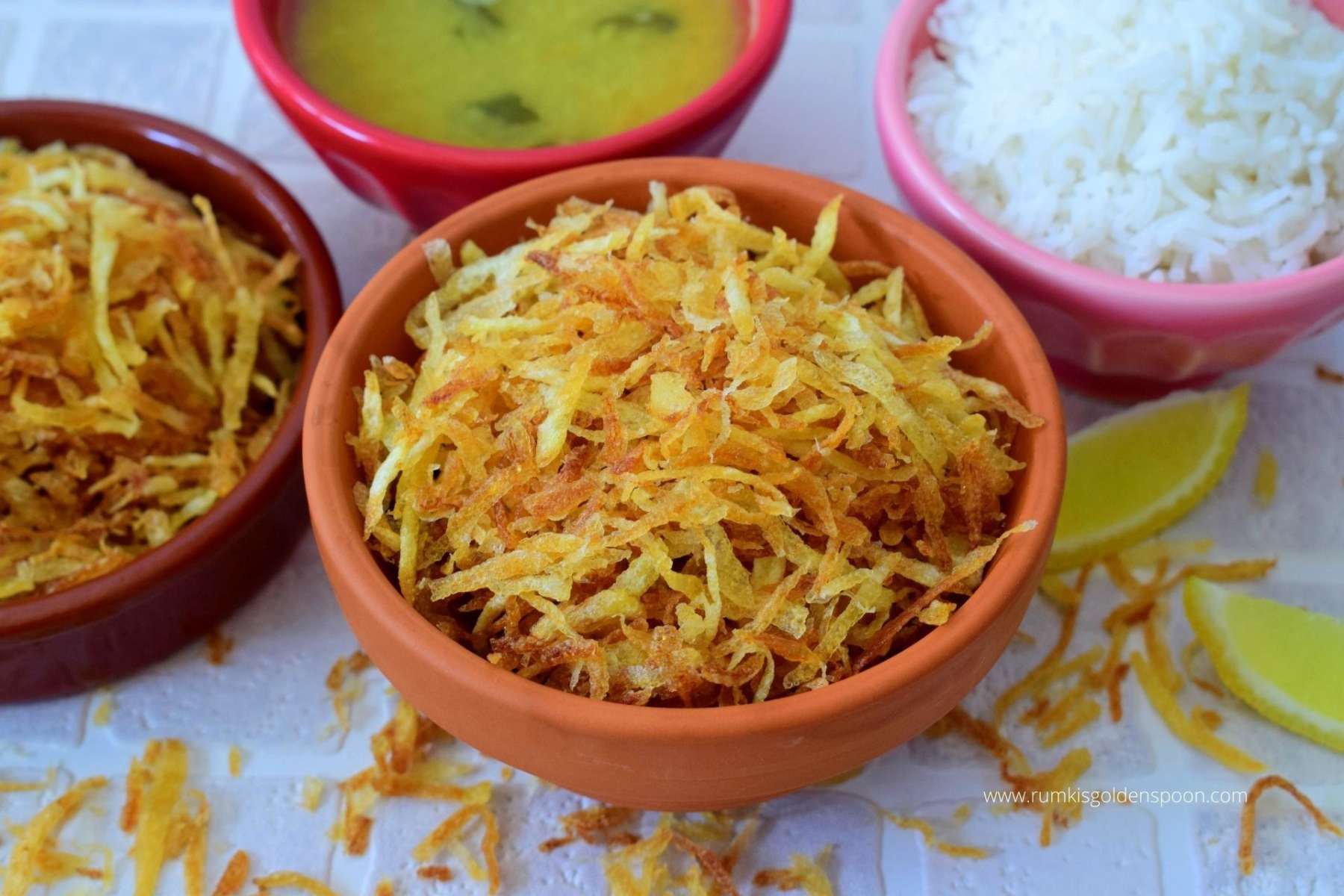
Before you come at me, I’m not alone in this troupe. Twitter is filled with likeminded katla-phobics looking for some company:
Yes i m bengali
— rafu❤️ (@its_raf05) October 12, 2020
I dont like fish 😤😤
When you are a bengali but dont like fish
— Sayuss 🐼 (@ripsayuss) November 18, 2019
Whole bengal- pic.twitter.com/sYfe45h8wm
call me a fake bengali but i fucking hate fish. its tasteless and i cant stand it. should disappear from universe.
— 𖤐 (@flawsthatshine) May 5, 2021
wtf is the point in me being bengali when I hate fish
— 🐋 (@taskaneki) February 27, 2018
The point of this article is not to get cancelled by a bunch of unshakable fish-enthusiasts or be denounced as Bengali. Fish is good. It’s great! However, this is a reminder that there is a world beyond the fish bowl, a world that is yet to be discovered, especially by those still discovering Bengali cuisine.
While yes, Bengali’s are synonymous with fish, these vegetarian dishes barely scratch the surface of all the vibrant culture has to offer. So next time you visit a Bengali restaurant, don’t skip this part of the menu. Give it a try, it might change your life!





